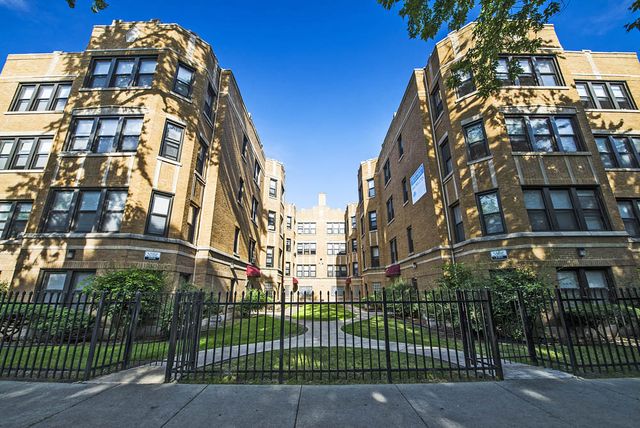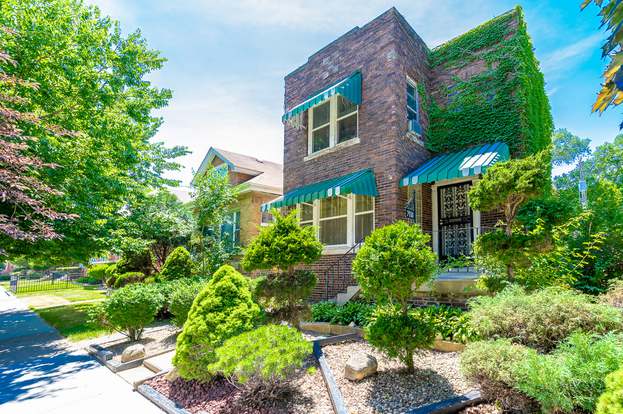Avalon Park
Avalon Park, a vibrant gem located on the south side of the city of Chicago, is named after its primary park. It is one of the city’s 77 semi-official community areas, attracting residents with its rich history, diverse demographics, and remarkable community life.
Historical Background
Avalon Park exhibits a rich historical tapestry dating back to the 19th century. Initially, the area was primarily marshy, characterized by Mud Lake and Stony Island, its main natural features. The swamp-like conditions deterred early settlement attempts, with a handful of houses constructed on stilts to avoid flooding.
Towards the late 1880s, the northern section of Avalon Park witnessed an influx of German and Irish railroad workers, who built homes on stilts to navigate the marshy conditions. The area, initially known as “Pennytown,” was officially renamed Avalon Park in 1910. The late 19th and early 20th centuries marked significant residential growth, stimulated by several factors such as the World’s Columbian Exposition of 1893, the annexation to Chicago in 1889, and the introduction of a proper drainage system in 1900.
The mid-20th century heralded significant changes, with an influx of African American professionals moving into Avalon Park. This change resulted in a demographic shift, transforming Avalon Park into a predominantly African American community by the 1990s.
Demographics
Avalon Park’s population is marked by significant racial diversity. According to data collected by the Chicago Metropolitan Agency for Planning, the area is predominantly African American, accounting for approximately 97.2% of the population, with White, Asian, and other races making up the remainder. The median age in Avalon Park is 44 years, a decade higher than the citywide median age.
Community Life
The community is primarily a residential area, serviced by a shopping district located at 79th Street and Stony Island. The community is also home to several schools and churches. The area boasts a high owner-occupancy rate, indicative of a stable, committed community.

Health and Healthcare
Healthcare in the neighborhood is marked by a high rate of consistent primary care provider coverage, with 92% of residents reporting having a regular doctor. However, the area battles with significant health challenges, with an obesity rate of 56% and a diabetes rate of 15%. Additionally, the infant mortality rate in Avalon Park is considerably higher than the citywide average, signaling a need for enhanced healthcare services.
Political Landscape
The area is predominantly a Democratic stronghold, with the majority of its residents casting their votes in favor of Democratic candidates in recent presidential elections. Avalon Park also has representation in the Illinois Senate and the Illinois House of Representatives, primarily held by members of the Democratic Party.
Notable Figures
The neighborhood has been home to several prominent figures. The legendary professional boxer, activist, and philanthropist, Muhammad Ali, for instance, resided in Avalon Park for a period of time. Other notable residents include the architect and writer Lee Bey, who grew up in the neighborhood, and Marcus Evans, a member of the Illinois House of Representatives, who currently resides in the area.
Avalon Park, with its rich history, diverse population, and strong community spirit, stands as a testament to the resilience and vibrancy of Chicago’s South Side. The neighborhood’s continued development and growth hold promise for an even brighter future.


